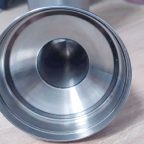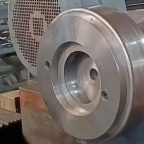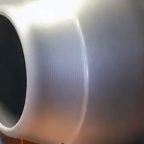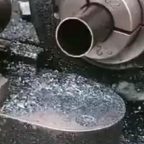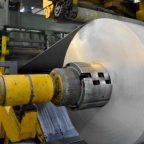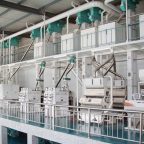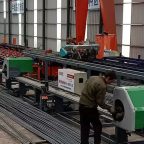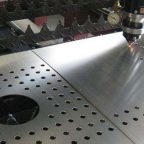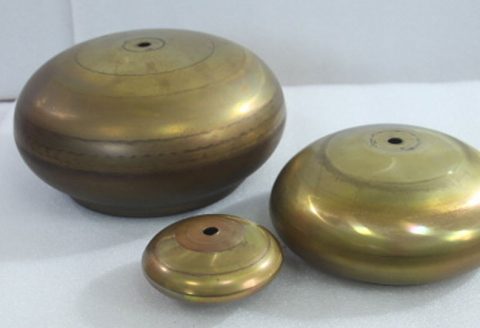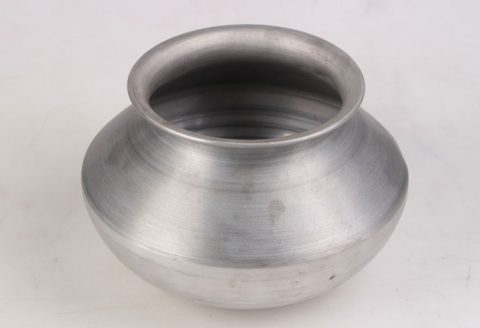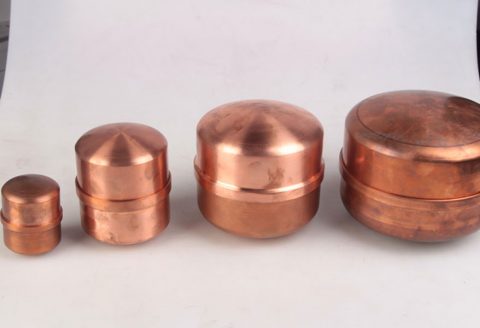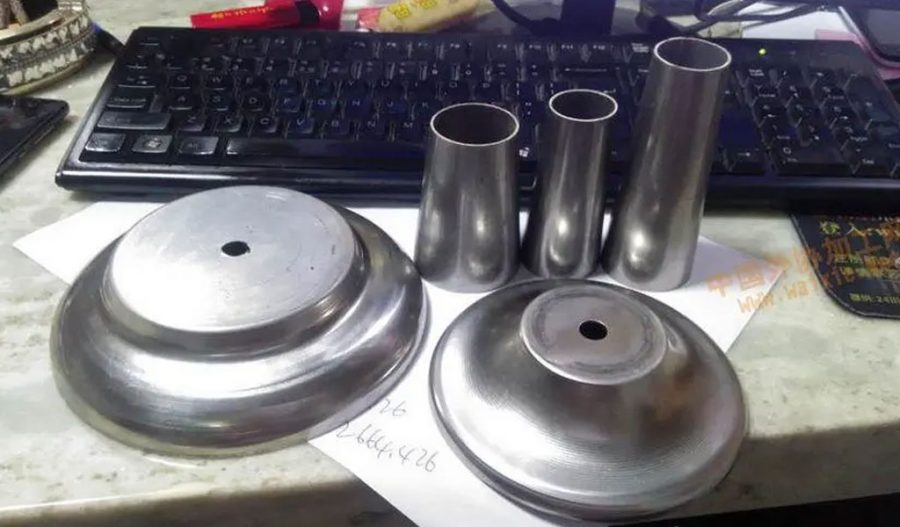
Metal spinning, often referred to as spin forming or spinning, is a metalworking process where a flat metal disc or tube is rotated at high speed and formed into a symmetrical object using a combination of force and shaping tools. This unique manufacturing technique has been employed for centuries, evolving from simple hand tools to advanced CNC machinery. In this comprehensive guide, we will delve deep into the world of metal spinning, exploring its history, applications, techniques, and advantages.
The origins of metal spinning can be traced back to ancient civilizations, where artisans used primitive tools to shape metals into various objects for daily use and religious rituals. Over time, the techniques evolved, and the process became more refined, leading to the development of specialized tools and machinery.
During the Industrial Revolution, metal spinning gained prominence as manufacturers sought efficient ways to produce complex and customized metal parts for various industries. The advent of powered machinery and advancements in material science further revolutionized the metal spinning process, making it a vital component of modern manufacturing.
Basic Principles of Metal Spinning
At its core, metal spinning involves rotating a metal disc or tube on a spinning lathe while applying pressure to shape it against a form or mandrel. The key elements of metal spinning include:
- Material Selection: A wide range of metals can be used for spinning, including aluminum, stainless steel, copper, brass, and more. The choice of material depends on the desired properties of the finished product, such as strength, durability, and appearance.
- Tooling and Equipment: Metal spinning lathes are specially designed machines equipped with spinning tools, chucks, and mandrels. These tools are used to hold and shape the metal as it rotates at high speeds.
- Process Steps: The metal spinning process typically involves the following steps:
- Blank Preparation: A flat metal disc or tube is prepared for spinning by cutting it to size and shaping it into a rough blank.
- Mounting: The blank is securely mounted onto the spinning lathe using a chuck or mandrel.
- Spinning: The lathe rotates the blank at high speed while pressure is applied using spinning tools to shape it against a form or mandrel.
- Trimming and Finishing: After shaping, the excess material is trimmed off, and the finished part is polished or treated to achieve the desired surface finish.
Applications of Metal Spinning
Metal spinning is a versatile manufacturing process with a wide range of applications across various industries. Some common applications include:
- Automotive Industry: Metal spun parts such as exhaust systems, wheel covers, and decorative trims are commonly used in the automotive industry due to their durability and aesthetic appeal.
- Aerospace Industry: Aerospace manufacturers utilize metal spinning to produce precision components like engine parts, housings, and structural elements that require high strength-to-weight ratios.
- Lighting and Decor: Metal spun products are widely used in the lighting and decor industry to create lampshades, chandeliers, and other decorative fixtures with intricate designs.
- Cookware and Household Items: Metal spinning is also employed in the production of cookware, kitchen utensils, and household items due to its ability to produce seamless and durable products.
- Medical and Scientific Equipment: The medical and scientific sectors use metal spinning to manufacture specialized equipment and components such as surgical instruments, laboratory apparatus, and precision tools.
Advanced Techniques in Metal Spinning
With advancements in technology and machinery, metal spinning has evolved to include advanced techniques and processes that enhance precision, efficiency, and versatility. Some of the advanced techniques used in metal spinning include:
- CNC Metal Spinning: Computer Numerical Control (CNC) metal spinning utilizes computer-controlled lathes to automate the spinning process, allowing for higher precision and repeatability.
- Flow Forming: Flow forming is a specialized metal spinning technique that involves stretching and compressing the metal to improve its mechanical properties and achieve complex shapes with reduced thickness.
- Multi-Axis Spinning: Multi-axis spinning machines are capable of spinning complex shapes and contours by moving the spinning tools in multiple directions simultaneously, expanding the design possibilities for metal spun products.
Advantages of Metal Spinning
Metal spinning offers several advantages over other metalworking processes, making it a preferred choice for many manufacturers. Some of the key advantages of metal spinning include:
- Cost-Effective: Metal spinning is often more cost-effective than other metalworking processes due to its lower tooling costs, reduced material waste, and faster production times.
- Versatility: Metal spinning can produce a wide range of shapes and sizes with varying thicknesses and complexities, making it highly versatile for different applications.
- High-Quality Finish: Metal spinning produces parts with smooth and seamless surfaces, reducing the need for additional finishing processes and enhancing the aesthetic appeal of the finished products.
- Customization: Metal spinning allows for easy customization and modification of designs, making it ideal for producing customized or prototype parts without the need for expensive tooling.
Conclusion
Metal spinning is a fascinating and versatile metalworking process that has evolved over centuries to become an integral part of modern manufacturing. From its humble origins to its advanced techniques and applications across various industries, metal spinning continues to play a crucial role in shaping the world around us.
Whether you are a manufacturer looking for a cost-effective and efficient metalworking solution or a designer seeking to create unique and intricate metal products, metal spinning offers a world of possibilities. With its numerous advantages, versatility, and ability to produce high-quality and customized parts, metal spinning remains a preferred choice for many in the manufacturing industry.
As technology continues to advance and new materials and techniques are developed, the future of metal spinning looks brighter than ever, promising even greater innovation and growth in the years to come. So, the next time you come across a beautifully crafted metal object, remember the art and science behind metal spinning that made it possible.
Maximize Tooling and CNC Metal Spinning Capabilities.
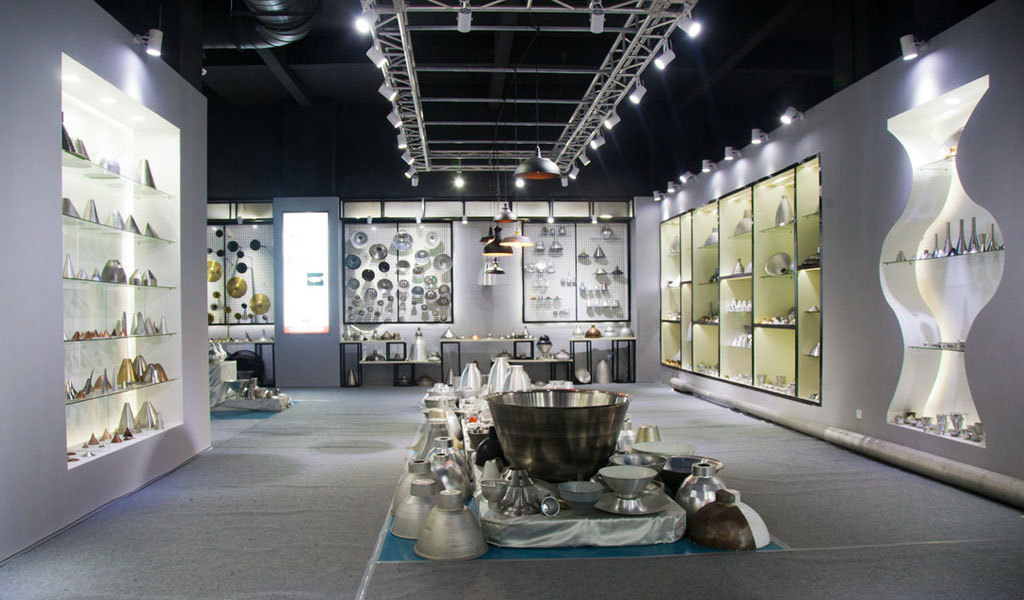
At BE-CU China Metal Spinning company, we make the most of our equipment while monitoring signs of excess wear and stress. In addition, we look into newer, modern equipment and invest in those that can support or increase our manufacturing capabilities. Our team is very mindful of our machines and tools, so we also routinely maintain them to ensure they don’t negatively impact your part’s quality and productivity.
Talk to us today about making a rapid prototype with our CNC metal spinning service. Get a direct quote by chatting with us here or request a free project review.
BE-CU China CNC Metal Spinning service include : CNC Metal Spinning,Metal Spinning Die,Laser Cutting, Tank Heads Spinning,Metal Hemispheres Spinning,Metal Cones Spinning,Metal Dish-Shaped Spinning,Metal Trumpet Spinning,Metal Venturi Spinning,Aluminum Spinning Products,Stainless Steel Spinning Products,Copper Spinning Products,Brass Spinning Products,Steel Spinning Product,Metal Spinnin LED Reflector,Metal Spinning Pressure Vessel,
